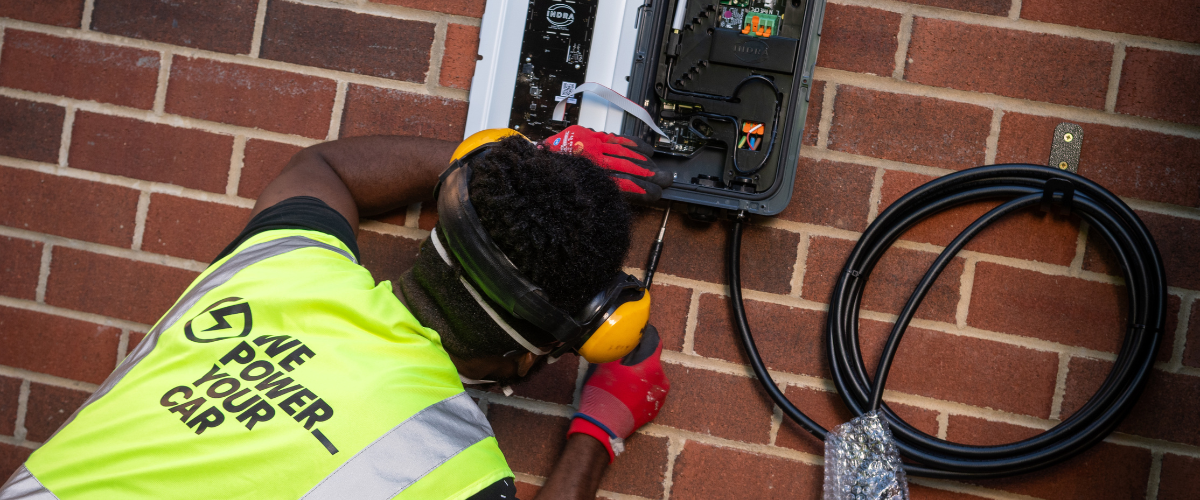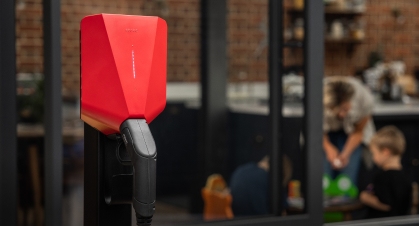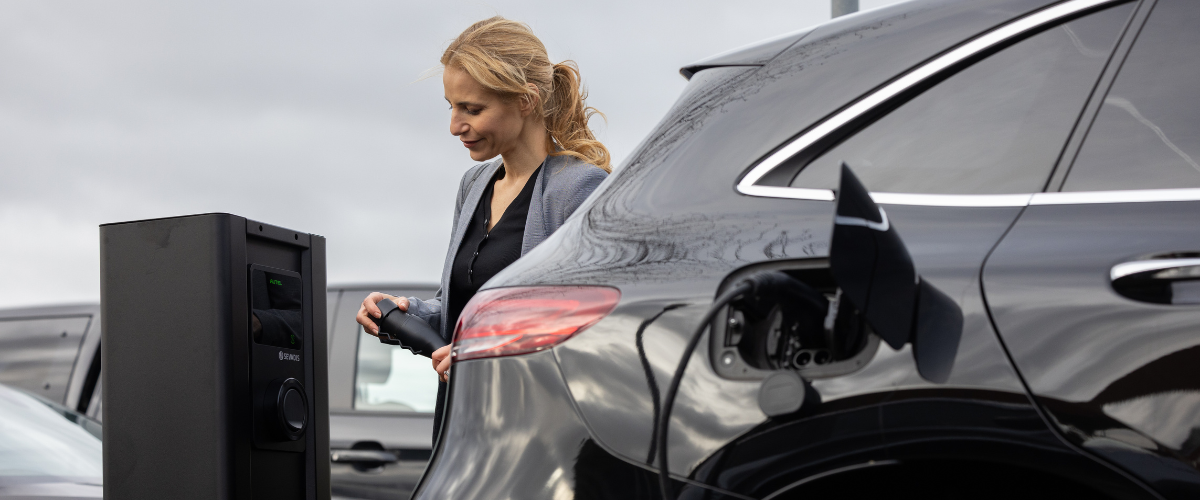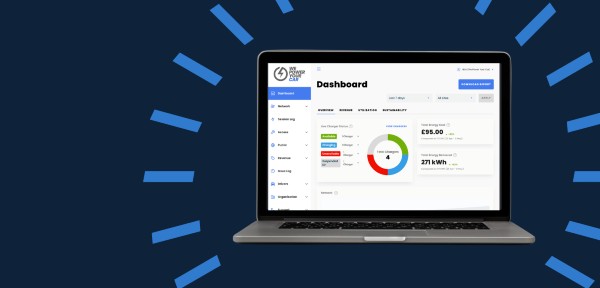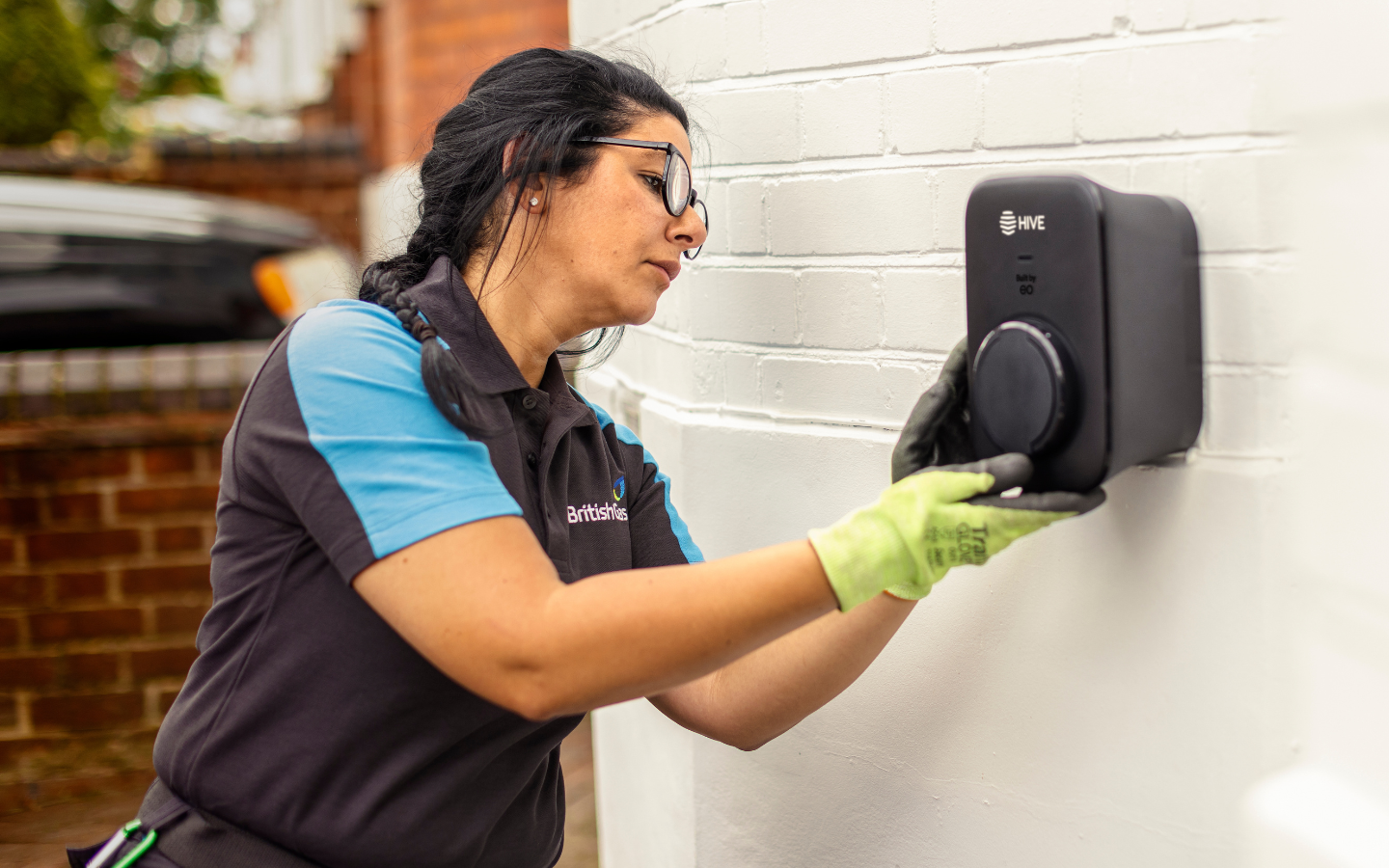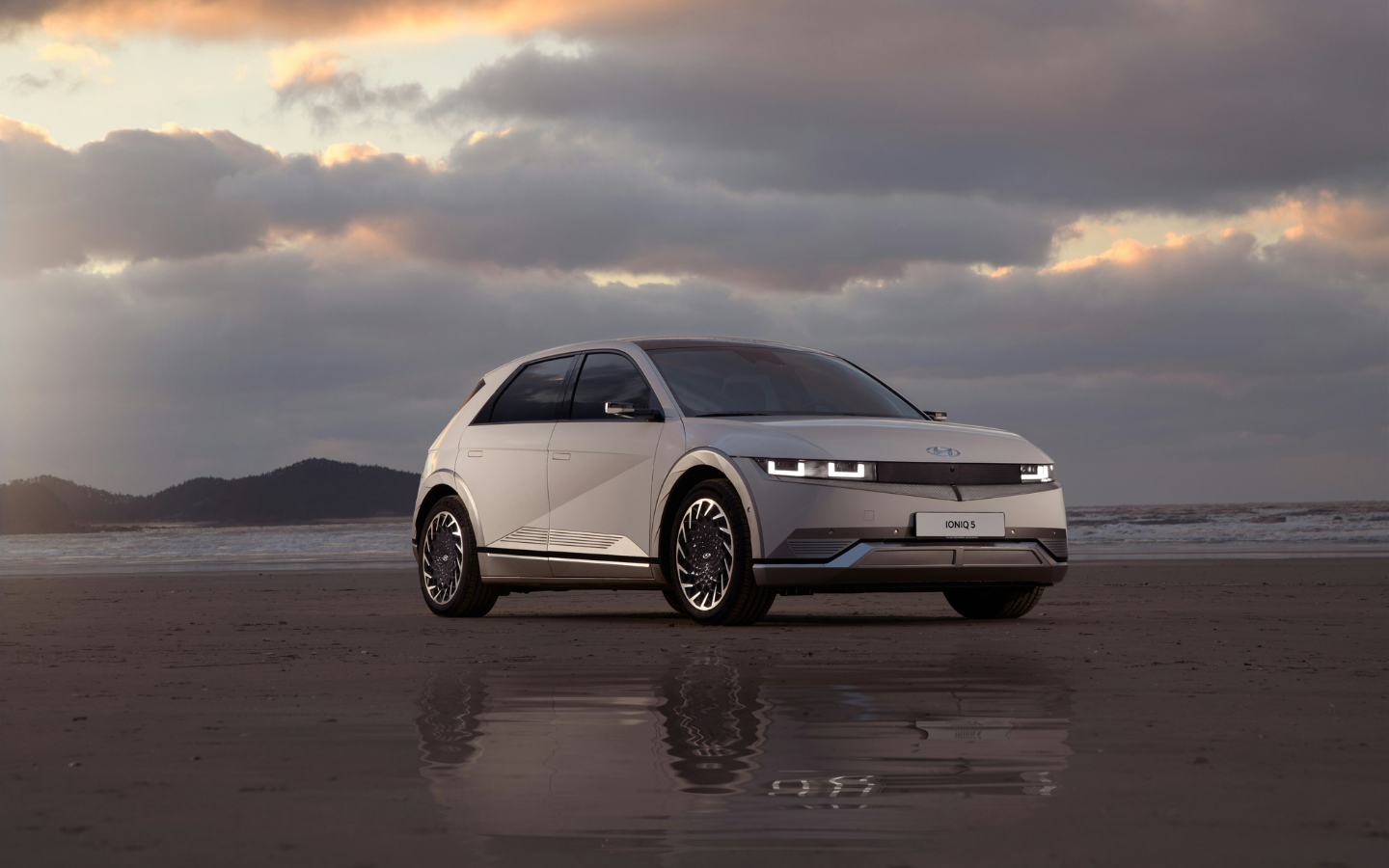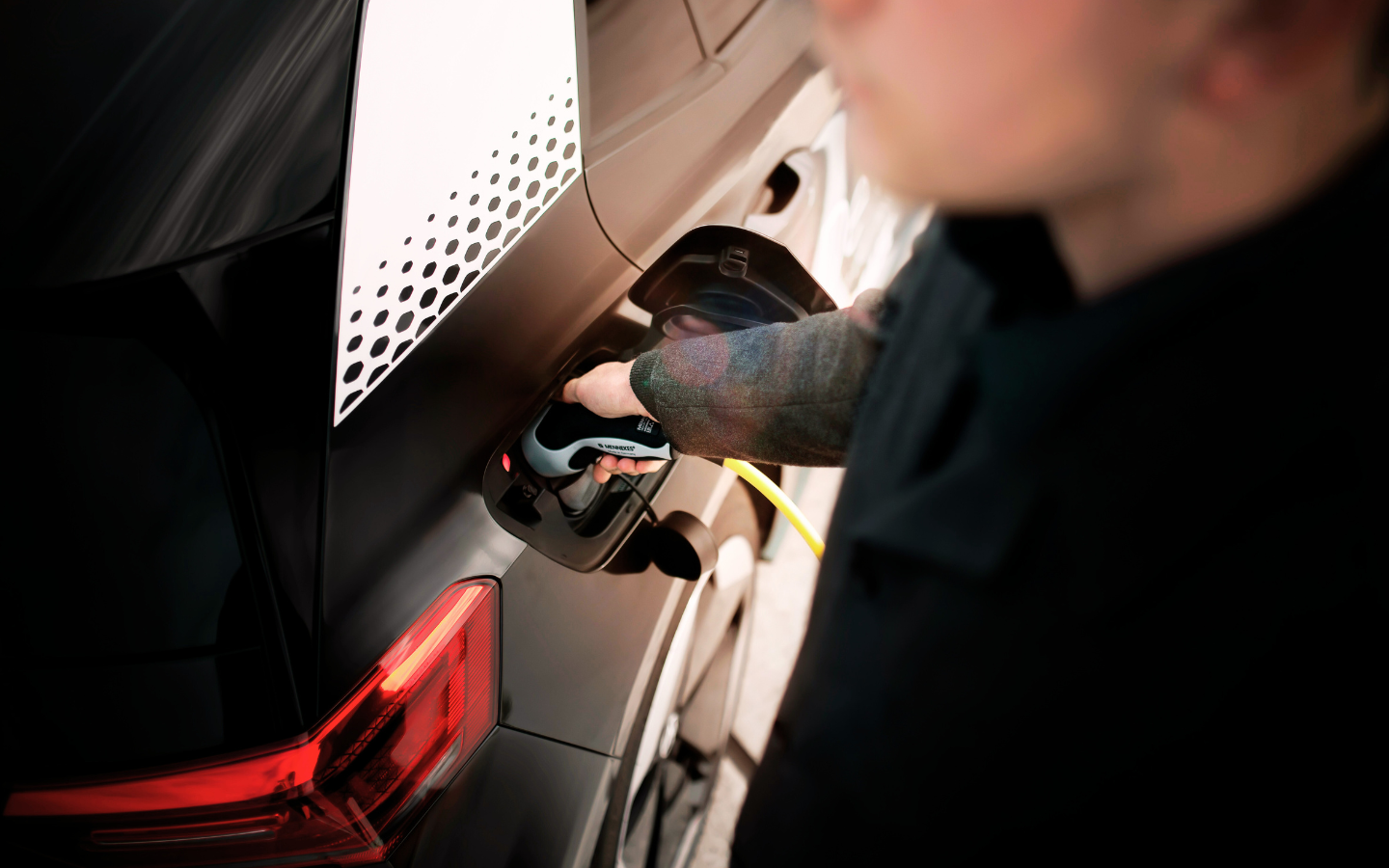

Plug and Charge: What is Plug and Charge in EV Charging?
Plug. Charge. Go. Electric car charging can be that simple.
But how?
EV Plug and Charge technology.
If you drive an electric car, you’ve probably heard the term Plug & Charge floating around. But what actually is Plug & Charge? Magic? EV witchcraft? Not quite.
Let’s break Plug and Charge down in relation to EV charging in our go-to guide. No jargon overload. No complicated discourse.
What is Plug and Charge?
Created by the International Organisation for Standardisation (ISO), Plug & Charge is a new technology that allows for seamless communication between an EV charge point and an electric car, allowing for instant charging once plugged in.
Before, EV drivers needed RFID cards, contactless payments, or mobile apps to start and stop charging. Now, you simply plug in and ta-da – your charging session starts immediately. No fuss. No faff. In short, Plug and Charge makes electric vehicle charging oh so simple.
If you own a Tesla, Plug and Charge is similar to their Supercharger network access.
Plug and Charge: Good or Bad?
Overwhelmingly good. Plug and Charge revolutionises the EV charging experience, making public EV charging the easiest it’s ever been. Your electric vehicle is essentially a portable charging card, meaning it’s always on hand.
Let’s paint you a picture.
Imagine you find a public charging station. You park in the green bay. Plug your cable into the charge point. Details are shared behind the scenes in seconds. The light on your dashboard pops up, your car chimes, and it’s official – your electric car is charging.
It’s easy. Simple. No need to pull out your wallet or your phone or do…anything. Get a coffee or a snack, or put your feet up while you wait.
On top of this, the system fully automates billing. Keep your credit card nestled in your wallet.
Long gone are the days of your wallet overflowing with RFID cards for EV charging. Long gone are the days of countless smartphone apps taking up space on your phone. Long gone are the days of your arms aching as you hold up your phone, scanning multiple QR codes. EV drivers are a go, from the get-go.
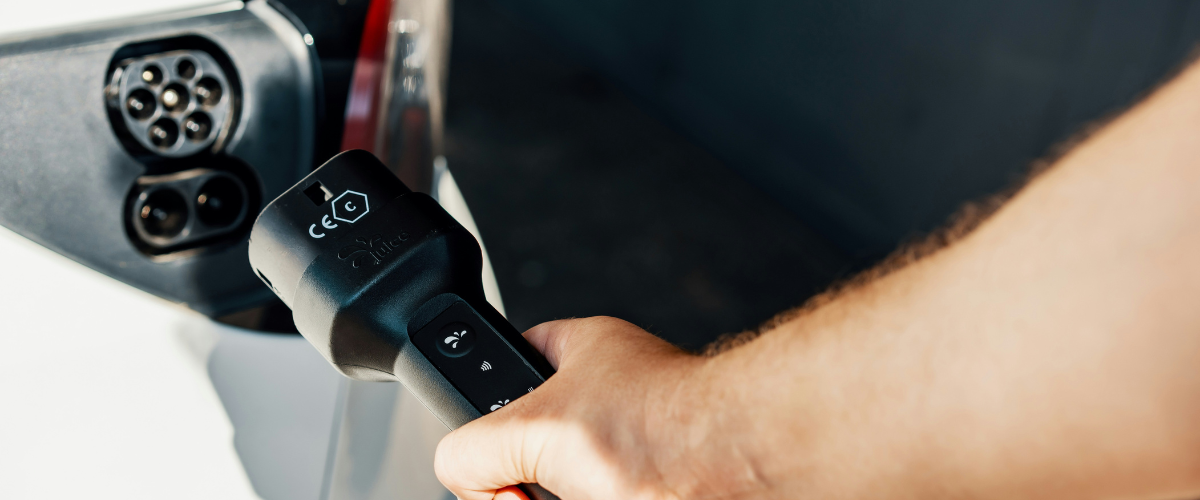
How does Plug and Charge work?
Imagine it like a comfortable handshake, where palms fit together perfectly. If the compatible EV charger and compatible electric car have the correct Plug and Charge software up and running (the global communication standard named ISO 15118), the software comes together. During this process, secure communications swap digital certificates (like passports), and Transport Layer Security encryption checks these certificates. Once approved, your charging starts.
What do I need?
1. A compatible charging station
Unfortunately, not all electric vehicle charging points are compatible – yet. Typically, you’ll find compatible charging infrastructure with rapid, ultra-rapid, and fast chargers.
On the technical side of things, Plug and Charge uses the ISO 15118 standard, so the EV charging point needs to have this software.
In the UK, IONITY chargers are the only fully equipped network with the functionality with their IONITY passport Plug and Charge.
You do not need a specific charging cable. So, whether it’s a Type 1 or CCS connector, as long as the charger is compatible, you’re good to go.
2. A compatible electric car
Again, not all electric vehicles are equipped with Plug-and-Charge intelligence. But more than a handful of EVs are capable of doing so. And this number will only climb.
Any electric car produced before July 2022 will likely not have the software, so keep that in mind. The only exception is if an appropriate software update was available and completed.
Here is a list of compatible electric cars:
- Ford Mustang Mach-E
- Ford F-150 Lightning
- Ford E-Transit
- Mercedes-Benz EQE
- Mercedes-Benz EQS
- Mercedes-Benz EQB
- Mercedes-Benz EQC
- Porsche Taycan
- Volkswagen ID.3
- Volkswagen ID.4
- Volkswagen ID.5
- Volkswagen ID.7
- Audi e-tron GT
- Audi Q4 e-tron
- Audi Q8 e-tron
- BMW i4
- BMW iX
- BMW i5
- BMW i7
- Lucid Air
- Hyundai IONIQ 6
- Kia EV9
- Rivian R1T
- Rivian R1S
- Cubra born
- MINI Countryman
- Mini Cooper
- Mini Aceman
3. Check the fine print before pulling up.
With certain electric cars, you need to set up Plug and Charge before you pull into a green bay. Be prepared, just in case. The first time, you may need to download apps or software, such as Electroverse. Once completed, though, you’re good to go. You won’t need to do anything again.
Plug and Charge vs Autocharge
While similar in design, Plug and Charge is different from Autocharge, mostly in the software, although both make electric vehicle (EV) charging simpler. For example, Fastned‘s Plug and Charge technology is called Autocharge, but the functionality remains the same – only different in name.
For both, you pull up and authorisation automatically syncs and starts charging without a fuss.
All in all, they are each other’s competitors. So, it’s not one to worry about. Plug and Charge is the main UK software, whereas Autocharge seems to be more prevalent in the EU.
Summary:
In short, Plug and Charge makes public charge point usage hassle-free. The technology creates an instant connection and authorisation between your electric vehicle and the EV charger to create an instant charging session once plugged in, maximising convenience.
Keep your charging options open and invest in a home EV charger.
Charge an electric car wherever you are, whenever you want. With a home EV charger, you get cheaper, greener, more convenient electric car charging – all from the comfort of your own home.
Ready to invest?
Trust We Power Your Car with your electric car charger installation. As a nationwide electric car charger installer, we can install wherever you are in the UK. Our EV charging solutions are fully comprehensive, including choice of EV charger, installation, DNO application and more.
Don’t believe us? Check out our Trustpilot reviews. We’re rated 4.9 ‘Excellent’.
Browse the best electric car chargers on the market, get a free quote or contact us below for unbiased advice.
